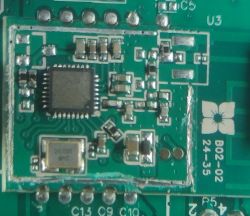Hi, I have a problem because I am trying to write a program on the ESP8266. I need such a program in which I simultaneously handle the downloading of time from an NTP server and at the same time I also want to communicate with another device via UDP protocol. Everything would be fine if it wasn't for the fact that when downloading time, we first send data to the NTP server and then parse the packet (working as a client), while communication with the other device starts with parsing the packet first and only then a reply is sent (working as a server). This seems to work somehow, but the two modes often interfere with each other.
Here is a code snippet with both functions (both work separately without problems):
.
Here is a code snippet with both functions (both work separately without problems):
Code: C / C++






